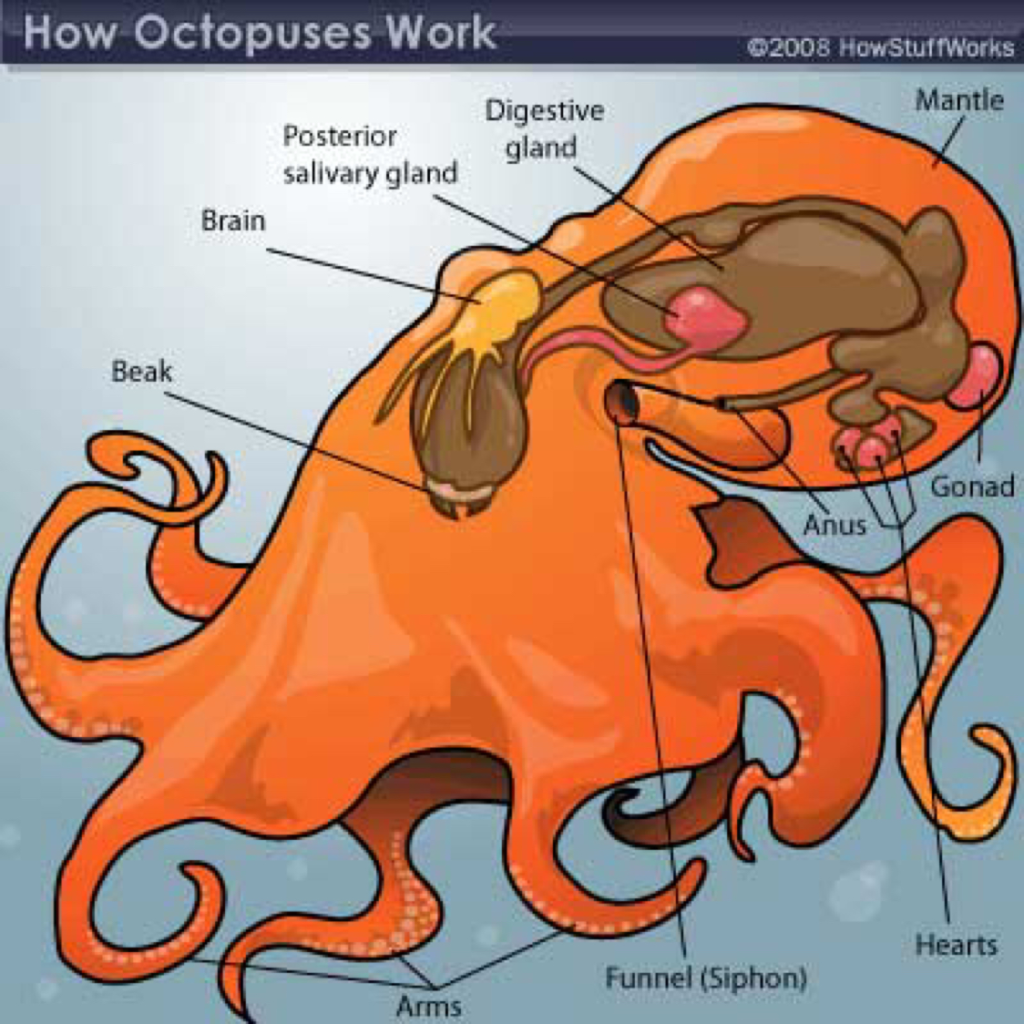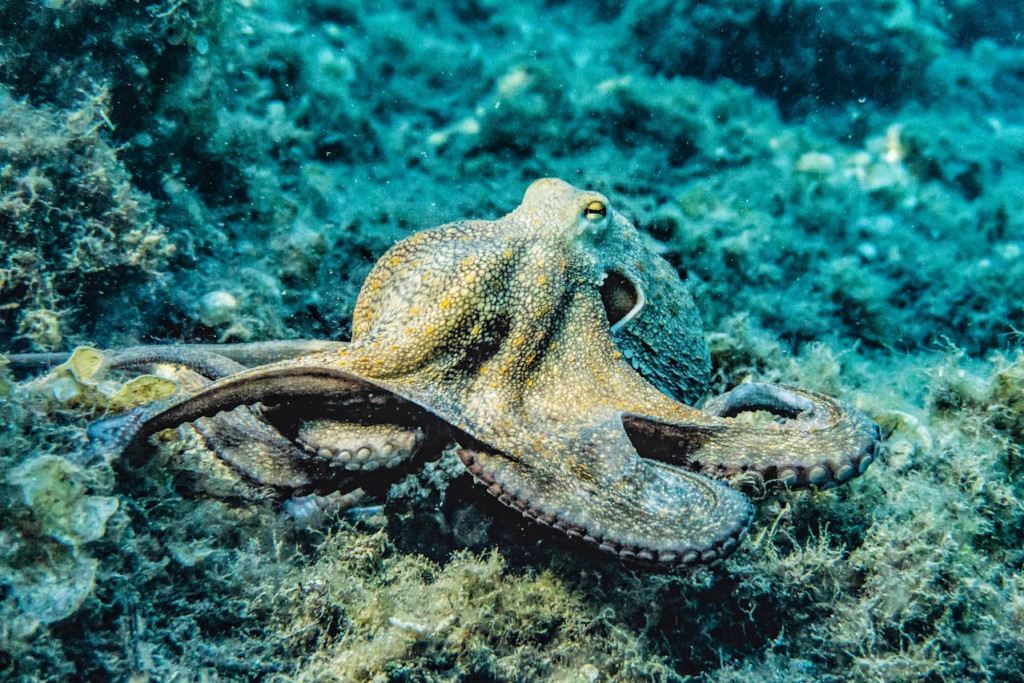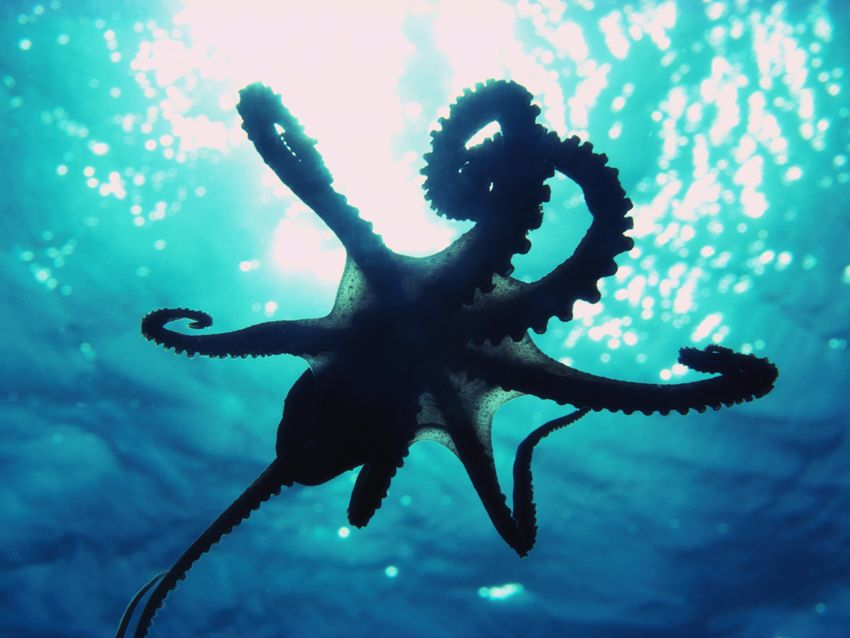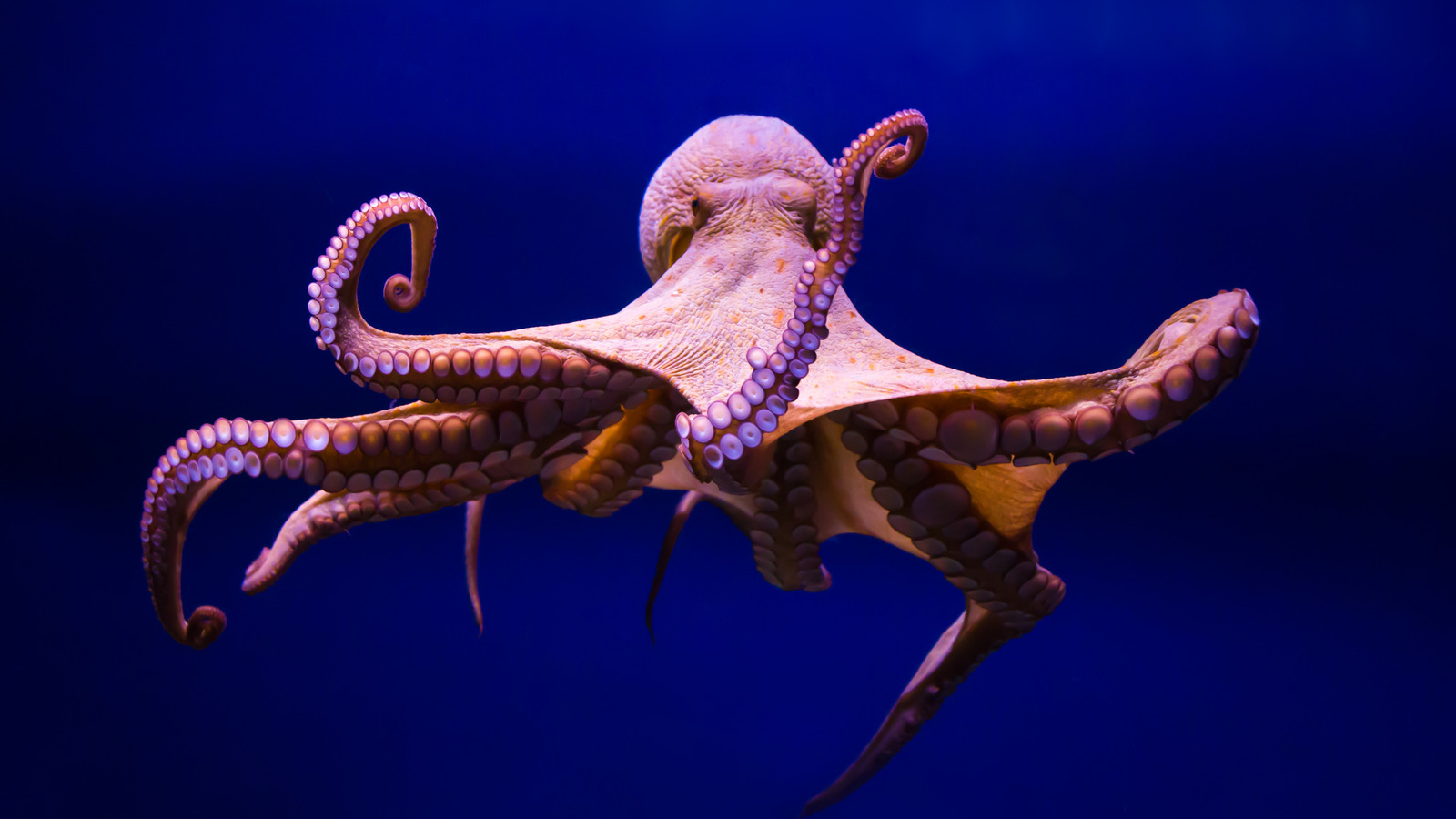
Introduction
Octopuses are fascinating creatures known for their intelligence, camouflage abilities, and unique body structure. One of their most intriguing biological features is that they have three hearts instead of one, like most animals. But why do they need three hearts, and how do they work? Let’s dive into the science behind it!

How Do Octopus Hearts Work?
Octopuses have a closed circulatory system, meaning blood is contained within vessels rather than freely flowing through the body. Their three hearts serve different functions:
- Two Branchial Hearts (Gill Hearts)
- These two hearts pump blood to the gills, where oxygen is absorbed.
- They help ensure the octopus gets enough oxygen from the water before it is sent to the rest of the body.
- One Systemic Heart (Main Heart)
- This heart pumps oxygenated blood from the gills to the rest of the body.
- It is responsible for distributing nutrients and oxygen to the organs and muscles.

Why Do Octopuses Need Three Hearts?
Octopuses belong to a group of animals called cephalopods, which also includes squids and cuttlefish. They are active hunters that need a lot of energy to move quickly, escape predators, and catch prey. Having three hearts ensures a continuous supply of oxygen, allowing them to function efficiently in their aquatic environment.
Another reason is their unusual blood. Unlike mammals, which have iron-based hemoglobin, octopus blood contains hemocyanin, which is copper-based and turns blue when oxygenated. Hemocyanin is less efficient at transporting oxygen than hemoglobin, so having extra hearts helps compensate for this.

What Happens When an Octopus Swims?
One interesting fact about octopus hearts is that the systemic heart stops beating when they swim. This means octopuses prefer crawling over swimming because swimming requires more energy and reduces circulation to the rest of their body.
Conclusion
The three-heart system of an octopus is a remarkable evolutionary adaptation that allows them to survive in the ocean. Their ability to control blood flow based on activity levels makes them even more efficient in their environment. So next time you see an octopus, remember—it has three hearts working together to keep it alive!



